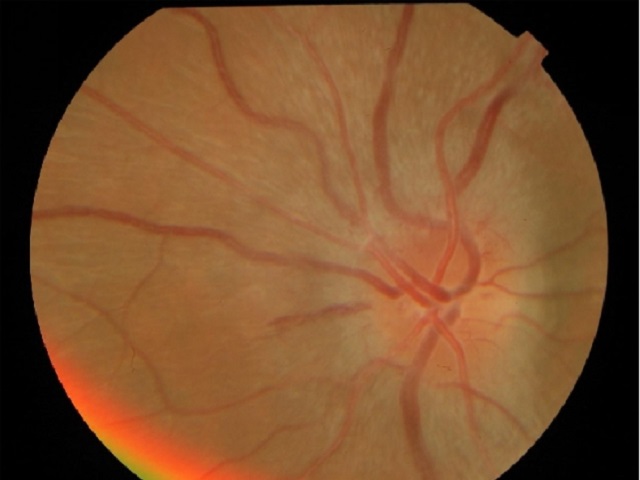6 Signs You May Have Visual Snow Syndrome -- Symptoms, Causes, Effects, Treatment and Prevention
Visual snow syndrome is a rare neurological condition characterized by the persistent presence of visual disturbances, including a static-like or snowy visual field. It is a disorder in which individuals experience a constant visual disturbance that resembles the appearance of television static or snow in their entire visual field. The condition may be accompanied by other visual symptoms, such as floaters, photophobia (sensitivity to light), and afterimages. The exact cause of visual snow syndrome is not fully understood, and it is currently considered a functional disorder of the brain. Here is an explanation of visual snow syndrome, along with its symptoms, diagnosis, causes, effects, treatment, and prevention:
Symptoms of Visual Snow Syndrome:
The main symptom of visual snow syndrome is the persistent presence of visual snow, which includes:
- Visual disturbances resembling static, flickering dots, or snow-like patterns
- Floaters or moving dark spots in the visual field
- Increased sensitivity to light (photophobia)
- Afterimages or trails following moving objects
- Impaired night vision
- Other visual symptoms, such as light flashes or colored dots
Diagnosis of Visual Snow Syndrome:
Diagnosing visual snow syndrome can be challenging due to the absence of specific diagnostic tests. The diagnosis is typically made based on the individual's reported symptoms and the exclusion of other underlying conditions that could cause similar visual disturbances. Medical history, clinical evaluation, and detailed eye examinations are performed to rule out other eye disorders or neurological conditions.
Causes of Visual Snow Syndrome:
The exact causes of visual snow syndrome are still unclear. However, several theories suggest that it may be related to dysfunction in the visual processing pathways of the brain or abnormal neuronal activity. It is thought to be a neurological condition rather than an issue with the eyes themselves. Some cases of visual snow syndrome have been associated with migraine or other comorbid conditions, but the relationship is not fully understood.
Effects of Visual Snow Syndrome:
Visual snow syndrome can significantly impact a person's quality of life and visual perception. The persistent visual disturbances can cause discomfort, anxiety, and difficulties in performing daily activities that require clear vision, such as reading or driving. Additionally, some individuals with visual snow syndrome may experience associated symptoms like anxiety, tinnitus (ringing in the ears), or cognitive difficulties.
Treatment and Prevention of Visual Snow Syndrome:
Currently, there is no specific cure for visual snow syndrome. Treatment focuses on managing symptoms and improving quality of life. It may involve a multidisciplinary approach that includes:
- Medications to alleviate specific symptoms, such as migraine preventive medications or those targeting anxiety or depression
- Lifestyle modifications, such as avoiding triggers that worsen symptoms (e.g., bright lights, excessive caffeine)
- Cognitive-behavioral therapy (CBT) or other psychological interventions to help cope with the condition
- Supportive measures, such as using tinted glasses, reducing screen time, or practicing stress management techniques
- Prevention strategies for visual snow syndrome are not well-defined due to limited understanding of its causes. However, individuals with a history of migraines or other conditions associated with visual snow syndrome may benefit from managing those underlying conditions effectively.


















